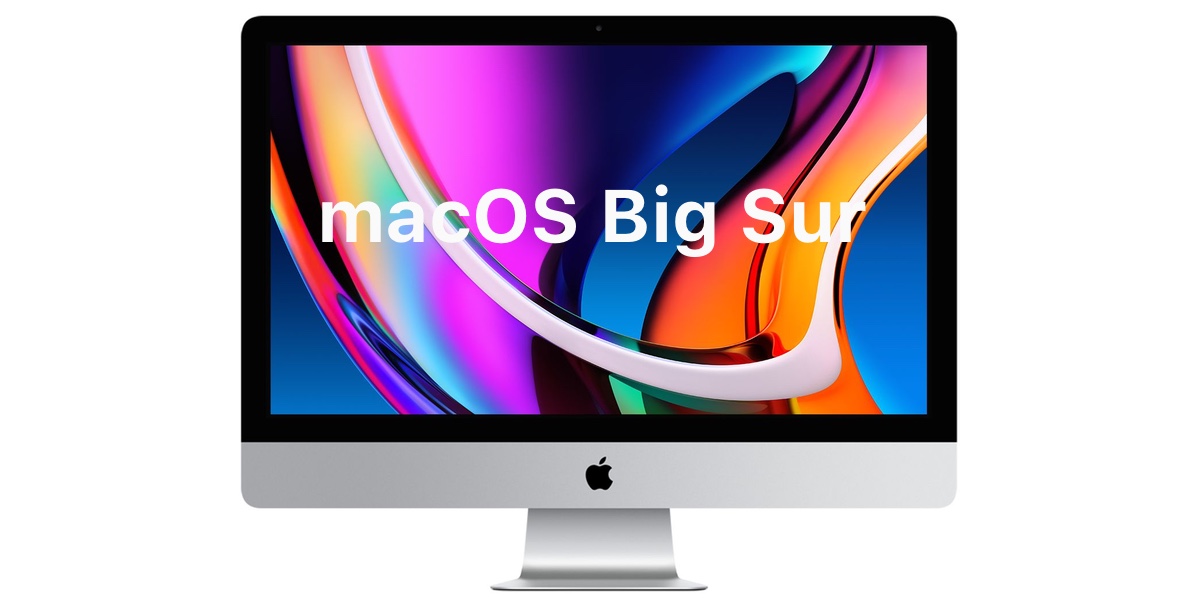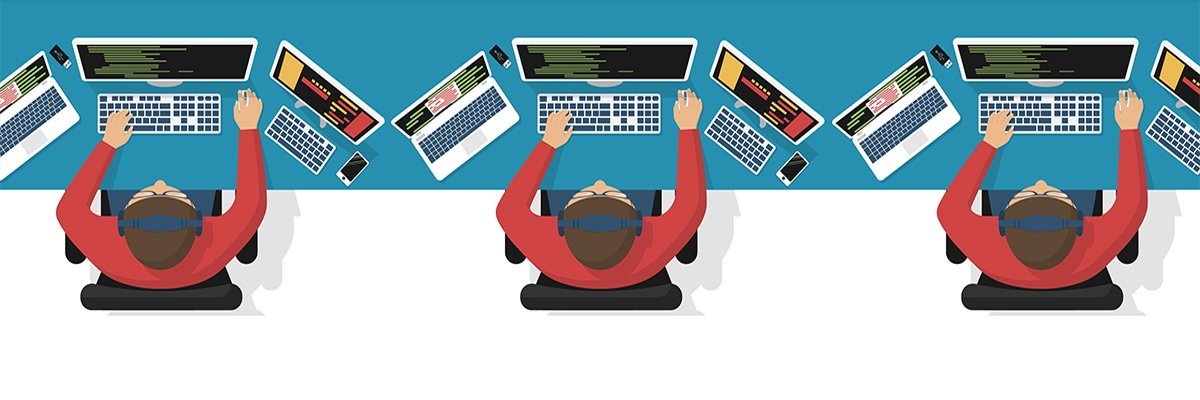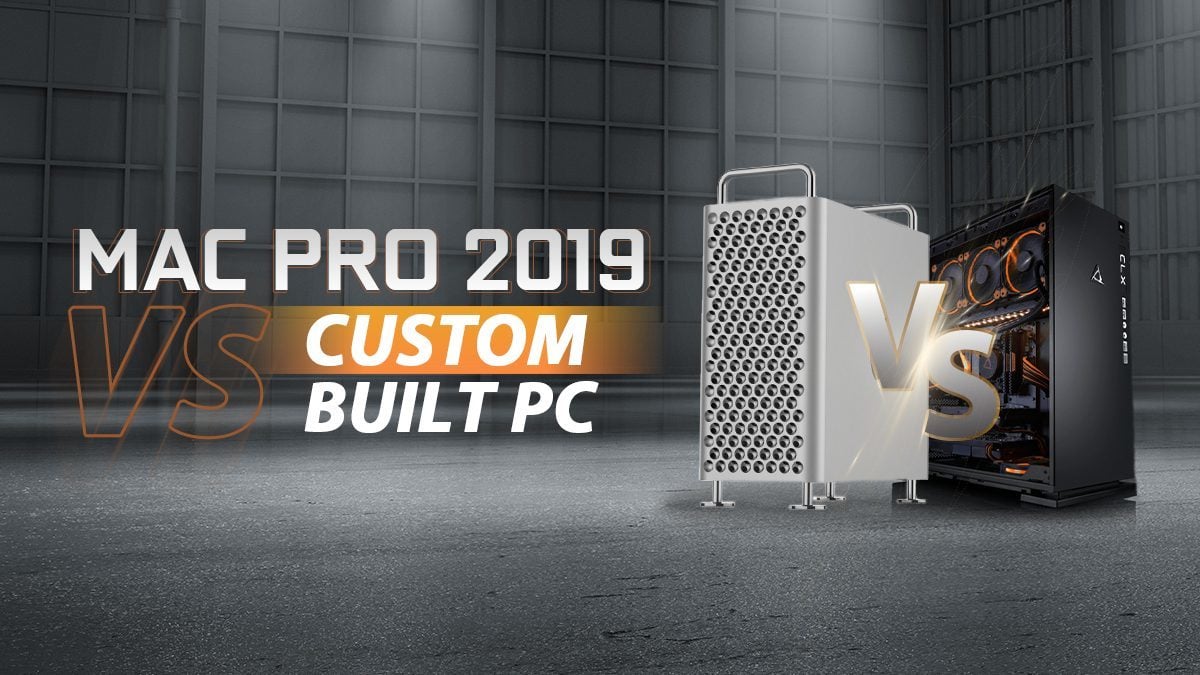Mac OS X’s cool thing is the previews you get when choosing a resolution using the “Built-in Retina display” option, which is found under the “Optimize for:” section. By Hamlin Rozario - iPad, iPhone, Mac OS X, Tips & Tricks, Troubleshooting - 2 Comments How to Set Custom Text Tones for Contacts on iPhone & iPad Mar 17, 2021 - 1 Comment.
Operating System
The Mac operating system — earlier called OS X and now renamed macOS — has traditionally been viewed as more stable than Windows. The main reason for this was that Apple produces both the hardware (Mac computer) and the software (Mac operating system); so they have better control over the integration of the entire system. Apple is also known to use only the best parts for its computers.[1]
Since the Windows operating system can run on hundreds of different types of computers, variations in hardware configurations within those computers can cause stability problems. There are dozens, if not hundreds, of PC manufacturers and so there is a wide variety in hardware quality of PCs.
Another reason for Macs being traditionally more stable is that since PCs are the more popular choice in the desktop market, most hackers and computer virus makers target PCs. As the popularity for Mac computers increase, it can be expected that the incidence of hacker and virus attacks will increase.
It should be noted that you can run Windows on a Mac but cannot run macOS on a PC. Apple has also released a software kit called Bootcamp for running Windows on the Mac. Other software virtualization applications used to run Windows on Macs include Virtualbox and Parallels.
Another factor contributing to a better user experience on the Mac is that there is no software cruft i.e., there are no third-party applications that are pre-installed on your Mac. PCs usually come with several 3rd-party apps pre-installed. For example, antivirus software from McAfee or Symantec, or DVD reading/writing software. Some of this software can be downright dangerous for the security and privacy of the user; case in point: Lenovo's Superfish scandal. Interestingly, this feature of Apple devices also applies to the iOS vs Android debate; Android devices ship with 'crapware' (3rd party applications that many people don't ever use) while iPhones and iPads ship only with Apple software.
User Interface
The most noticeable difference between Macs and PCs is in the user interfaces. While many computer users will proclaim one or the other “superior” or “best,” this is ultimately a matter of personal preference. Highlights of the UI in Mac OS X include Launchpad (a screen full of app icons for easily launching your favorite apps), hot corners that can be customized for various types of views, a 'dock' that has icons for your favorite apps, full screen mode for apps, and 'spaces' that create as many desktops as you like so you can minimize clutter. With Windows 8 UI highlights include a touch-friendly 'metro' interface that contains 'live tiles', rectangular boxes of varying sizes on the screen that represent an app and get refreshed with the latest content from the app. Several apps utilizing the 'metro' interface are full screen apps like in tablet computers.
Security
Macs have a reputation of being more secure than Windows PCs. In the 90s and early to mid-2000s, Windows was plagued with adware, malware and viruses that were mostly a result of users downloading compromised software, opening malicious email attachments or other malicious files downloaded from the Internet. Macs had a lower market share so malware-makers and distributors focused on the Windows platform.
Today the situation is not so lopsided. Windows security and Microsoft's Defender anti-virus program have made great strides and made Windows a safe platform. Macs have had security problems of their own, like the admin login vulnerability discovered in November 2017. And because of the growing popularity of the Mac platform — especially among high-value targets like computer programmers — malware-makers are increasingly homing in on Macs as targets.
Irrespective of whether you're on a Mac or PC, it is not advisable to open files from unknown sources or any files downloaded via email or on the Internet that seem suspicious. If you're on Windows, it is further recommended to not use anti-virus programs other than Microsoft's Defender because they introduce security vulnerabilities of their own.[2]
Uses
Mac computers are most widely used in the creative professional market, including in journalism and desktop publishing, video editing and audio editing, but have also made inroads into the educative and scientific research sectors. Macs are also popular with computer programmers — a majority of web and app developers tend to use Macs.
PCs are also used with some of the video and audio editing and research purposes but are found largely as the Home or Office Computer. PCs are also widely used in gaming due to a wider variety of games available for the Windows platform.
Market share
Apple's share of the U.S. personal-computer market nearly tripled from 2004 to 2008 but hasn't gone up significantly since then, and stands at around 8.5 percent in August 2009, according to IDC. (Source: Associated Press)
In Q1 2008, worldwide PC shipments were around 70 million (up from 61 million in Q1 2007) whereas worldwide Mac shipments were around 2.3 million (up from 1.5 million in Q1 2007). Historical charts for PC vs. Mac shipments are available at http://blog.seattlepi.nwsource.com/microsoft/archives/137350.asp

The market share of Mac for the July-Sept 2007 quarter was estimated at 3.2% for worldwide sales. While of PCs ( including major companies like HP, Dell, Lenovo, Acer and Toshiba) was a total of around 56%.(Refer: http://www.systemshootouts.org/mac_sales.html)

Interoperability
PCs and Macs can usually share peripherals if they connect via USB, FireWire, or Bluetooth, three industry standards available on every Mac. Most popular applications for Mac and PC use the same file formats, making it simple to exchange documents with friends and coworkers or move existing files from a PC to a Mac.
Applications
Macs major applications include Ilife and Time Machine while the PCs most widely used application includes MS Office. Some popular games provided on a Mac are Mac Crack Attack, 3D Klondike while on PC are Solitaire and Virtual Pool.
There is a variety of software available for PCs, which are better than a Mac machine for use as gaming machines since most high-end games are created for the general PC. PCs and Macs can usually share peripherals if they connect via USB, FireWire, or Bluetooth, three industry standards available on every Mac. Most popular applications for Mac and PC use the same file formats, making it simple to exchange documents with friends and coworkers or move existing files from a PC to a Mac.
Gaming
Traditionally PCs have had the upper hand when it comes to gaming because more publishers developed games for the PC platform. Dollar for dollar, PCs have also provided more powerful processors and speed is an important criterion when it comes to gaming. Some popular games that are available only on PCs are Age of Empires III and Crysis. Games that have both Mac and PC versions include Call of Duty 4: Modern warfare, Guitar Hero III: Legends of Rock, LegoStar Wars II, Starcraft and World of Warcraft.
Productivity Software
Microsoft Office, Adobe Creative Suite & Cloud are available for both Windows and Mac platforms. Other productivity software like OpenOffice and StarOffice is also available for all platforms. Apple's iWork office suite, which includes Pages (word processor), Numbers (spreadsheets) and Keynote (presentation maker) are only available on the Mac and iOS platforms.
Mac vs. PC War
Macs were hugely popular when the Macintosh was introduced in the mid-80s. They pioneered the GUI and the mouse. With Windows 3.1 and the wildly popular Windows 95, Microsoft gained a large market share. In the 1990s, Windows grew by leaps and bounds and Apple went downhill. After Steve Jobs was brought back to Apple, he introduced the iMac and revived Mac sales. Microsoft bought a 5% stake in Apple with a $150mn investment in non-voting shares in 1997.
Apple's Macs have always had a small but passionate fan base. In 2007, Apple released Mac vs PC ads showcasing the “cool” factor of Macs. These have been parodied online, often with a 3rd character (a woman) for Linux.
The Mac vs. PC ads
In September 2008, Microsoft responded to the Apple campaign with a campaign of their own to break the PC stereotype.
A MAC into a PC (and vice versa)
By installing software like Boot Camp, or a virtualization solution, such as Parallels Desktop, a Mac can function like a PC machine. In other words, a MAC can run Windows on it.
Apple does not allow the use of its operating system on non-Apple hardware. So a Windows PC cannot run Mac OS X. However, the Hackintosh project allows users to run Mac OS on any supported Intel-based PC.
Price
The MacBook Air starts at $999, whereas the MacBook Pro costs $1,199 and up, depending on the model. See MacBook Air vs MacBook Pro and MacBook vs MacBook Pro.
Current prices of various models and accessories are available on Apple.com and on Amazon.com.
PCs usually cost significantly less than Macs with comparable hardware. This is mostly because PCs are manufactured by a large number of hardware manufacturers, resulting in increased competition and lower prices. A wide selection of PCs with varying costs is available on Amazon.com.
References
Windows Migration Assistant transfers your contacts, calendars, email accounts, and more from a PC. It migrates this data to the appropriate places on your Mac. After migrating data to your Mac, authorize your computer for iTunes Store purchases. It’s important to authorize before you sync or play content that you download from the iTunes Store.

If you're migrating from one Mac to another Mac, follow the steps to move your content to a new Mac.
Before you begin
To prepare for a smooth migration:
- Make sure that Windows is up to date. Migration Assistant works with Windows 7 and later.
- Make sure that you know the name and password of an administrator account on your PC.
- Connect your Mac and PC to the same network, such as your home Wi-Fi network. Or connect an Ethernet cable between the ports on your Mac and PC to create a direct network connection. Some Mac models require an Ethernet adapter, such as the Belkin USB-C to Gigabit Ethernet Adapter or Apple Thunderbolt to Gigabit Ethernet Adapter.
- If you're using Microsoft OneDrive on your PC, follow Microsoft's instructions for uninstalling OneDrive before continuing. You can reinstall OneDrive after migration is complete.
Then use the check disk (chkdsk) utility on your PC to make sure that your Windows hard drive doesn’t have any issues:
- Right-click the Start button, then click Run.
- Type
cmdand press Enter. Command Prompt opens. - At the prompt, type
chkdskand press Enter. - If the utility reports that it found problems, type the following, where drive is the letter that represents your Windows startup disk, such as D:
- Press Enter.
- At the prompt, type
Y, then restart your PC. - Repeat this process until the check disk utility reports no issues. If the utility can't fix every issue that it finds, you might need to have your PC serviced. Then migrate your data to your Mac.

Move your data
This section guides you through migration, post-migration, and what to do if the steps don’t work for you.
How to move your information from a PC to your Mac
- On your PC, download and install the appropriate Windows Migration Assistant, based on the version of macOS on your Mac:
- Windows Migration Assistant for macOS Big Sur
- Windows Migration Assistant for macOS Mojave and macOS Catalina
- Windows Migration Assistant for macOS Sierra and High Sierra
- Windows Migration Assistant for OS X El Capitan or earlier
- Quit any open Windows apps.
- Open Windows Migration Assistant, then click Continue.
- Start up your Mac. Setup Assistant automatically opens the first time you turn on your Mac. If you’ve already set up your Mac, open Migration Assistant, which is in the Utilities folder of your Applications folder.
- On your Mac, follow the onscreen prompts until you get to the migration pane of the assistant. Select the option to transfer your information “From a Windows PC,” then click Continue.
- When prompted, enter an administrator name and password.
- Click Continue to close any other open apps.
- In the migration window on your Mac, select your PC from the list of available computers. Then wait for the PC to show the same passcode that your Mac shows.
- When both computers display the same passcode, click Continue on your PC and Mac.
- Your Mac scans the drives on your PC to build a list of information to migrate. When the scan completes, select the information that you want to migrate to your Mac and click Continue. Learn about some of the data that you can transfer.
You can watch the progress and estimated time remaining on both the PC and your Mac. They tell you when migration is complete.
After you move your data
When migration completes, close Windows Migration Assistant on your PC. Then log in to the new user account on your Mac. The first time you log in to a user account migrated from your PC, you’re asked to set a password. You can use the same password that you used on your PC, or create a new password.
After logging in to the user account that you migrated, authorize your computer for iTunes Store purchases. It’s important to authorize before you sync or play content downloaded from the iTunes Store.
If you have issues moving your data
- Quit all open apps on your PC, then try migrating your content again. For example, you can press Alt-Tab to choose an open application, then press Alt-F4 to quit it.
- If your PC doesn't appear in the Setup Assistant or Migration Assistant window on your Mac, make sure the computers are connected to the same network. You can create a network by connecting a single Ethernet cable between your Mac and PC. If that doesn't help, check for firewall software on your PC and turn it off. After migration completes, you can turn firewall software on again.
- If Migration Assistant doesn’t open on your PC, turn off any antivirus software on your PC. Then try to open Migration Assistant again. After migration completes. You can turn that software on again.
- If you still can't migrate your information successfully, you can use an external drive or file sharing to manually copy important data to your Mac.
What data can I transfer?
Migration Assistant lets you choose the data to move to your Mac. Here’s what moves over for specific apps and data types:
Email, contacts, and calendar information
Email messages, email-account settings, contacts, and appointments move based on which version of Windows you're using and which accounts you have.
Outlook1
Data from 32-bit versions of Outlook in Windows 7 and later move as follows:
- People move to Contacts2
- Appointments move to the Calendar app
- IMAP and Exchange settings and messages move to the Mail app
- POP settings and messages move to Mail2

Windows Live Mail
Data from Windows Live Mail in Windows 7 and later moves as follows:
- IMAP settings and messages move to Mail
- POP settings and messages move to Mail2
Windows Mail
Data from Windows Mail in Windows 7 and later (excluding Windows 8) move as follows:
- IMAP settings and messages move to Mail
- POP settings and messages move to Mail2
- People move to Contacts
Bookmarks
Bookmarks from Internet Explorer, Safari for Windows, and Firefox move to Safari.
Mac Os On Custom Pc Keyboard
System settings
Language and location settings, and custom desktop pictures move to System Preferences. Your web browser homepage moves to Safari preferences.
Pictures
Photos and other images move to your home folder. You can then add them to Photos, or open Photos and let it search your Mac for photos to import.
iTunes content
Migration Assistant transfers your iTunes media as follows: music to the Apple Music app, videos to the Apple TV app, podcasts to the Apple Podcasts app, and audiobooks to the Apple Books app.
Other files
Migration Assistant also moves these files:
- Files from the top-level folder of the currently logged-in user’s home directory
- Non-system files located in the Windows or Program Files folders
- Top-level folders located on the Windows system disk and other attached disks
Mac Os On Custom Pc Computer
1. Migration Assistant doesn’t support 64-bit versions of Outlook. You can manually migrate Mail, Contacts, or Calendars from Outlook 2013 or Outlook 2016 by signing in and entering the content on your Mac manually.
Can You Install Macos On A Custom Built Pc
2. Migration Assistant transfers only the Mail or Contacts data that belongs to the logged-in Windows user. To transfer data from another user account, use Migration Assistant again while you’re logged in to another Windows account. Each time you migrate, your Mac creates a new user account.
